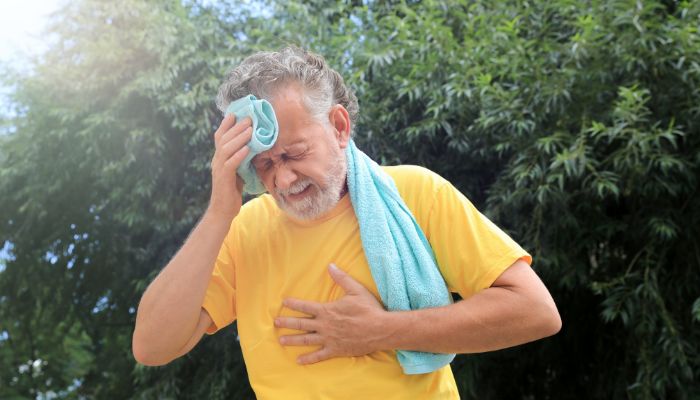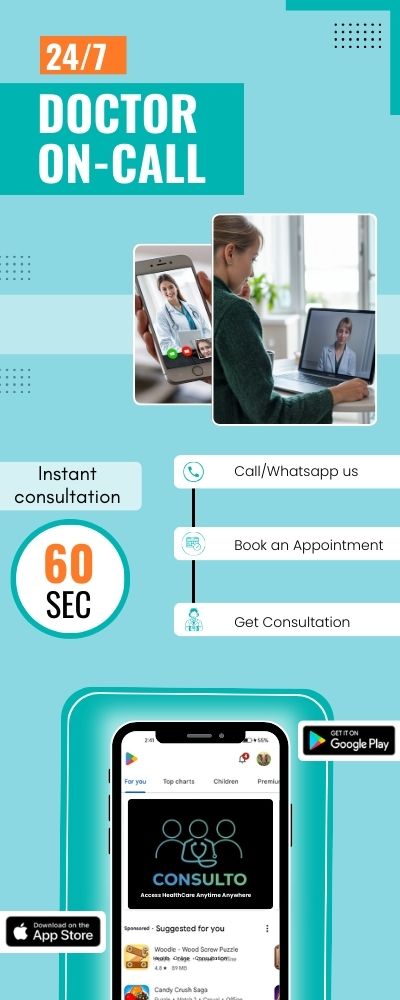Worry about your concern!!
Online consultation · Starts at just ₹199
Consult with top specialist doctors in their fields


Strokes: Symptoms, Causes, and Treatments
A stroke is a serious medical condition that occurs when the blood supply to a part of the brain is interrupted, causing brain cells to die within minutes. Hemorrhagic and ischemic strokes are the two primary forms. The most frequent type of stroke is an ischemic stroke, which happens when a blood clot stops a blood artery in the brain. When a blood artery bursts and spills into the brain, hemorrhagic strokes occur. Understanding stroke symptoms, causes, and therapies is essential for taking prompt action and minimizing damage.
What is a Stroke?
When blood supply to the brain is cut off, brain cells die, leading to a stroke. Depending on the part of the brain that is impacted, this may lead to the loss of capacities such as speaking or moving an arm or leg. Either temporary or permanent harm may result. To improve the likelihood of reestablishing blood flow to the brain and halting further damage, it is imperative to seek medical attention as soon as possible. Individuals who have experienced a stroke are more likely to experience another one, particularly in the first year.
What are the Symptoms of a Stroke?
When blood flow to the brain is interrupted, brain tissue is harmed, leading to a stroke. Since different parts of the brain regulate distinct bodily activities, the symptoms of a stroke vary depending on which section is damaged.
A stroke victim's chances of recovery increase with the speed at which they get medical care. Because of this, it's critical to identify the symptoms of a stroke and take prompt action. The following are typical signs of a stroke:
- Paralysis: Inability to move parts of the body.
- Numbness or Weakness: This often happens in the arm, face, or leg, especially on one side of the body.
- Trouble Speaking or Understanding Others: Difficulty in forming words or comprehending speech.
- Slurred Speech: Talking in a way that is hard to understand.
- Confusion or Disorientation: Feeling mentally foggy or unresponsive.
- Sudden Behavioral Changes: Especially becoming unusually agitated.
- Vision Problems: Trouble seeing in one or both eyes, blurred vision, or seeing double.
- Trouble Walking: Difficulty in moving around.
- Loss of Balance or Coordination: Feeling unsteady or clumsy.
- Dizziness: A sensation of spinning or losing balance.
- Severe, Sudden Headache: A painful headache that comes on quickly without a known cause.
- Seizures: Uncontrolled shaking or convulsions.
- Nausea or Vomiting: Feeling sick to your stomach or throwing up.
Recognizing these symptoms quickly can make a significant difference in the outcome of a stroke.
Causes of a Stroke
Several factors can increase the risk of having a stroke. While some risk factors are beyond control, others can be managed through lifestyle changes and medical interventions. The most significant risk factors include:
- High blood pressure
- Smoking
- Obesity
- Physical inactivity
- Uncontrolled diabetes
- High cholesterol
- Age (over 55 years)
- Family history of stroke
- Ethnicity (being African American)
- Gender (being female)
- Previous stroke or transient ischemic attack
How is a Stroke Diagnosed?
Immediate medical care is crucial after experiencing a stroke. Doctors will evaluate your symptoms, medical history, and conduct a physical exam. They will check your blood pressure and listen to your heart. If a stroke is suspected, further tests may include:
- Blood tests to measure blood sugar and coagulation.
- To see the brain and see any abnormalities or bleeding, have a CT scan.
- MRI for hemorrhage detection and brain tissue examination.
- Carotid ultrasonography to assess carotid artery blood flow.
- To see the arteries in the brain and neck in detail, a cerebral angiography is necessary.
- To find blood clots in the heart that could have spread to the brain, a transesophageal echocardiography is used.
Can a Stroke be Prevented or Avoided?
Certain lifestyle changes can help reduce the risk of stroke:
- Quit smoking.
- Limit alcohol consumption.
- Control blood pressure.
- Manage cholesterol levels.
- Keep blood sugar levels in check if you have diabetes.
- Engage in regular physical activity.
- Maintain a healthy weight.
Regular checkups are essential for managing conditions that increase stroke risk. Consult with your doctor about lifestyle changes and the potential benefits of taking low-dose aspirin to prevent strokes. Aspirin can help prevent blood clots, but it's important to follow your doctor's guidance.
Stroke Treatment
Treating a stroke requires prompt, emergency care. Whether the stroke is hemorrhagic or ischemic determines the course of treatment. Options for immediate treatment might include surgery, blood thinners, or other treatments. After receiving prompt treatment, it's critical to manage underlying diseases including diabetes, high blood pressure, and high cholesterol.
One of the most important aspects of recovering is stroke rehabilitation. Strength, coordination, stamina, and confidence are all enhanced. Rehabilitation may involve physical therapy, occupational therapy, speech therapy, and swallowing treatment. As soon as the stroke is finished and the patient is stable, which is usually within 24 to 48 hours, rehabilitation can start. Many patients need months or even years of continuous therapy.


